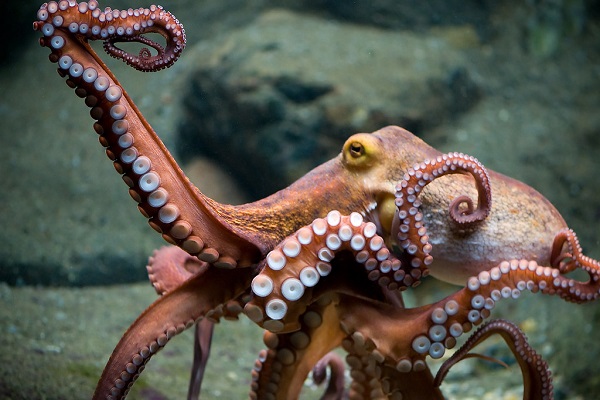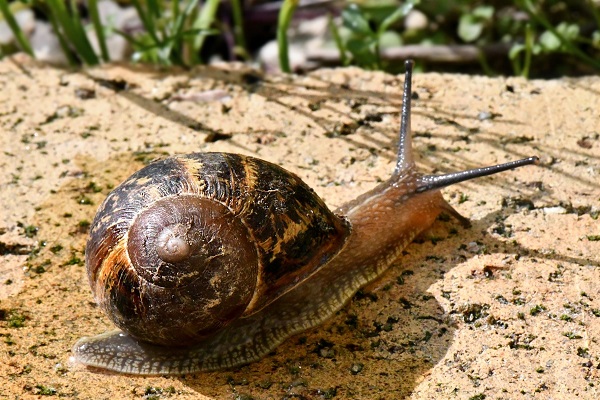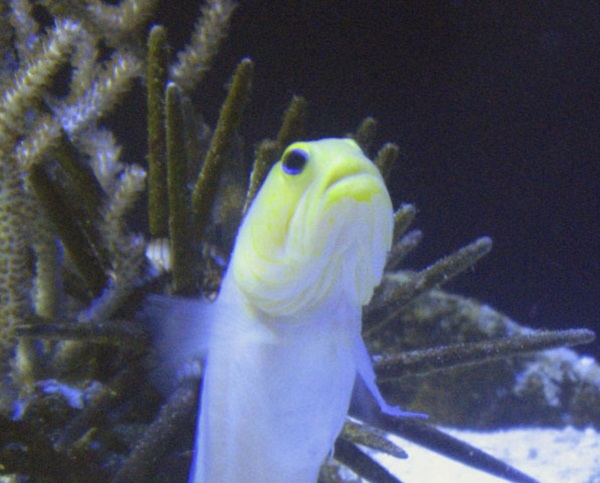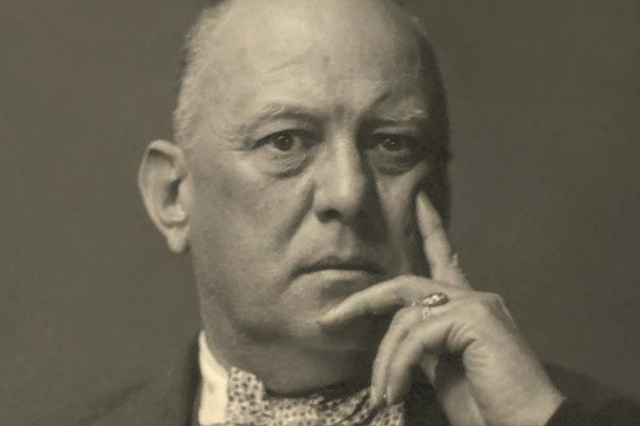A newborn is always a welcome guest in the world for both humans and animals, although birth is not an easy process. The birth process is dangerous for both mother and child, and sometimes leads to the death of humans. However, this does not mean that animals are afraid of giving birth. Some animal species actually have some of the most terrifying and insane birth processes. From fathers who are forced to starve for months while waiting for their offspring to mature in their mouths, to mothers who literally feed their babies themselves, here is a look at the craziest births in the animal kingdom.

Tasmanian devils
Tasmanian devils are actually great mothers because they carry their young in their pouches until they are weaned. However, being good mothers doesn't mean their babies will have it easy. A mother gives birth to up to 50 babies after a gestation period of 20-30 days, after which the babies must crawl from the birth canal through the mother's fur into a pouch under her belly. There are only four teats in the pouch, meaning the earliest ones to arrive and find a teat survive. Many don't, and there's really nothing the mother can do about it.

Seahorses
Unlike land horses, male seahorses not only produce sperm, but also carry and give birth. The process begins with an interesting romantic dance that ends with the female laying eggs in the male's brood for fertilization. However, the female does not take the eggs back, she continues her life while the male's belly begins to swell as the babies grow in his pouch.
When it's time to give birth, the male, like a human, goes through contractions that push the young horses into the water. A male can give birth to up to 2,000 seahorses at a time, and almost immediately prepares to lay another bunch of eggs from the females. They are not the best parents, as once the babies are released, they are left to fend for themselves.

Surinam frog
Like seahorses, Surinam toads release large numbers of eggs for males to fertilize, but once fertilized, the male does not take charge. The male pushes the eggs onto the mother's back, where they stick. The eggs then sink into the poor mother's back and grow into her, turning her back into a sort of honeycomb.
Mothers must carry the little toads on their backs until they are ready to fend for themselves. When the babies are weaned, they slide off their mothers' backs into the water, and the mother sheds her old skin in preparation for the next birth.

Red crabs
Crabs don't deserve the title of best parents because they do little for their offspring other than toss them into the water. The birth process is still very exciting. Mothers always arrive at the breeding site before fathers to prepare burrows and lay eggs. Then the males come to the burrows, fertilize the eggs, and leave. The mothers continue to nurse thousands of eggs for up to two weeks.
Crabs believe in the power of numbers, so a single mother's pouch can hold up to 100,000 eggs, which she releases into the water at high tide. Mothers release their eggs into the water on a moonlit night, which many call the crab's moon dance. Mothers shake to release the eggs, which looks like a dance move. They must be careful not to get swept away by the waves while releasing the eggs, but they must also make sure the eggs fall into the water.

Octopus
Octopuses are some of the most interesting creatures in the sea, and for them, reproduction is a death sentence. For males, all they have to do is deposit sperm into the female's mantle, either by completely separating their extra arm from the female or by only placing sperm pockets.
In some cases, the female eats the male after mating, and if she does not, the male dies within a few months. The female stores sperm until she is ready to lay eggs, and then watches over them until they hatch before she dies. In both cases, both parents die.

Snails
Have you ever imagined a mother giving birth through her face? That's how snails lay eggs. Most snails have both male and female reproductive organs in their bodies, so they fertilize their eggs internally.
Some still prefer intercourse, in which case the partner will have to shoot something called a love dart to open the skin so they can deliver the sperm. Love darts are dangerous as they can damage the snail's internal organs, so it is safer to simply self-fertilize their eggs. Then comes the egg-laying process, which happens through pores on the face so they can literally watch themselves "give birth."

Yellow Striped Jaw
Yellowbanded Jawfish are some of the best parents on the planet, as they protect their young even after they hatch. Like seahorses, male Jawfish do the hard work, which in this case involves carrying the newly fertilized eggs in their mouth until they hatch. The male does not eat anything during incubation, a process that lasts for almost a month. After hatching, the fry are released into the water, but they remain close to dad and can always swim back into his mouth if danger approaches.

Kiwi Birds
Kiwis are born ready to run, but the egg is usually so large that it can kill the mother before it is laid. Kiwi mothers do not need to feed their chicks for the first few days after they hatch because the egg contains enough yolk to feed the chicks for several days. Kiwis have a higher egg yolk content than any other bird in the world, and kiwi mothers lay the largest eggs relative to their weight of any bird that gives birth.
The egg could grow to be as much as one-third the bird's weight, stretching its belly so much that it touches the ground. Before they hatch, the egg takes up so much space in the mother's belly that there is no room for food, so they have to fast for days or even weeks. The chicks hatch more developed than those of other birds.

Porcupines
Porcupines are very famous for their spines. The problem is that they are born with them and have to pass through the birth canal, which can be a nightmare for the mother. The good news is that porcupine spines do not harden until they are exposed to air, but this does not make life any easier for mothers. Sometimes the babies come out with their hind legs instead of heads, leaving the spines embedded in the mother's birth canal, which can be fatal.

Some velvet spiders
For octopuses, giving birth means they will die, but at least they will be parents to their young before they die. For the African velvet spider, motherhood means feeding your young until you eat them all. It all starts with the mother creating a nest with herself trapped inside, and then she begins to nurse her young.
The mothers then liquefy their guts and begin feeding them to their young through their mouths. Eventually, she exhausts all of her resources, so as the young are weaned, they crawl on top of her and eat what's left before crawling out of the nest. Talk about the ultimate sacrifice!













Оставить Комментарий